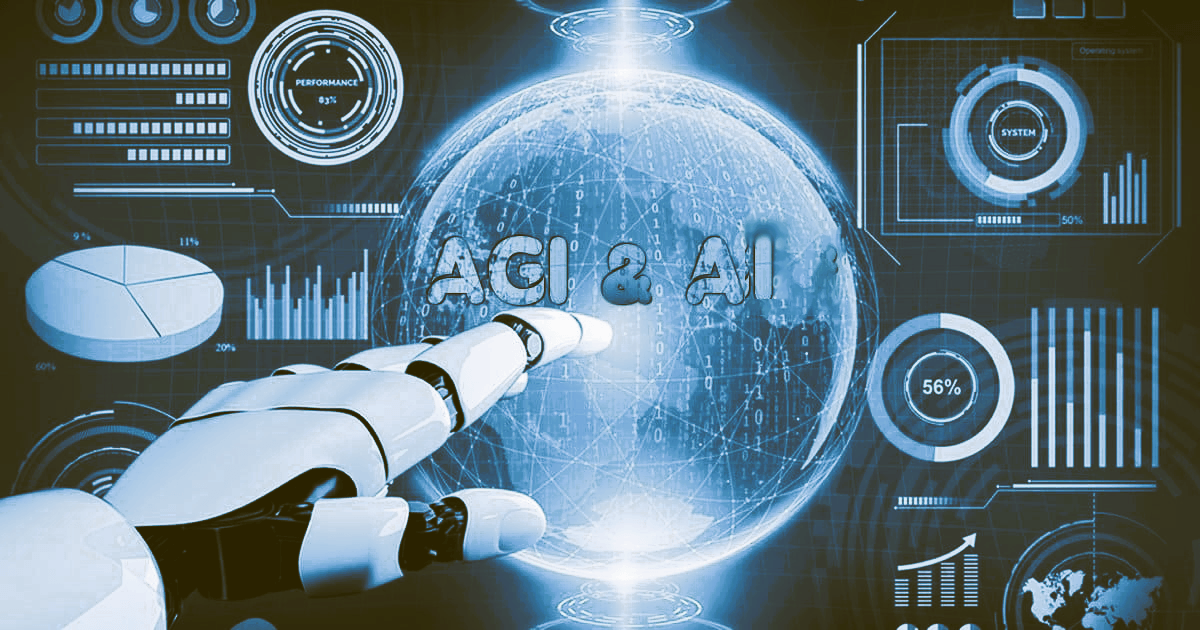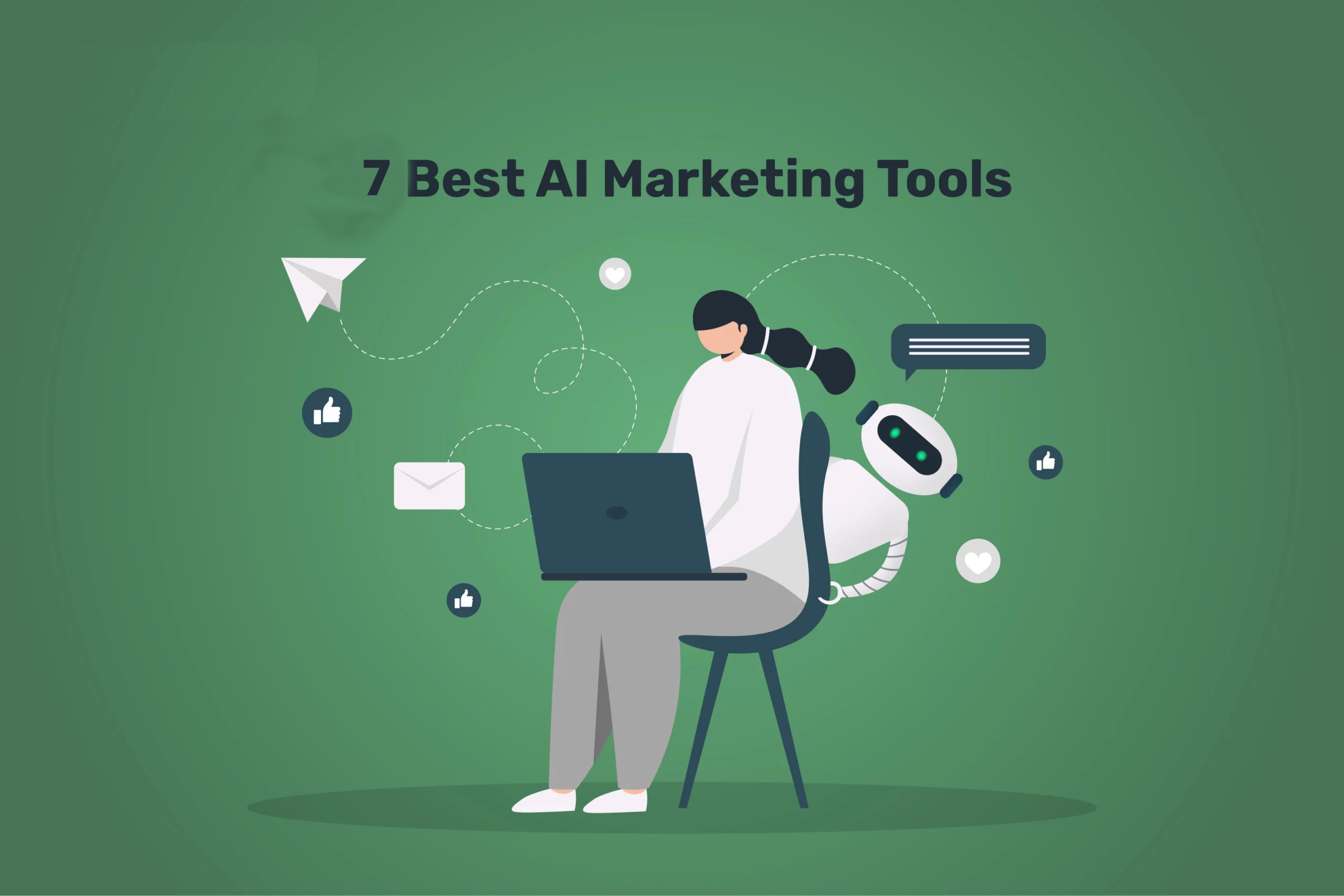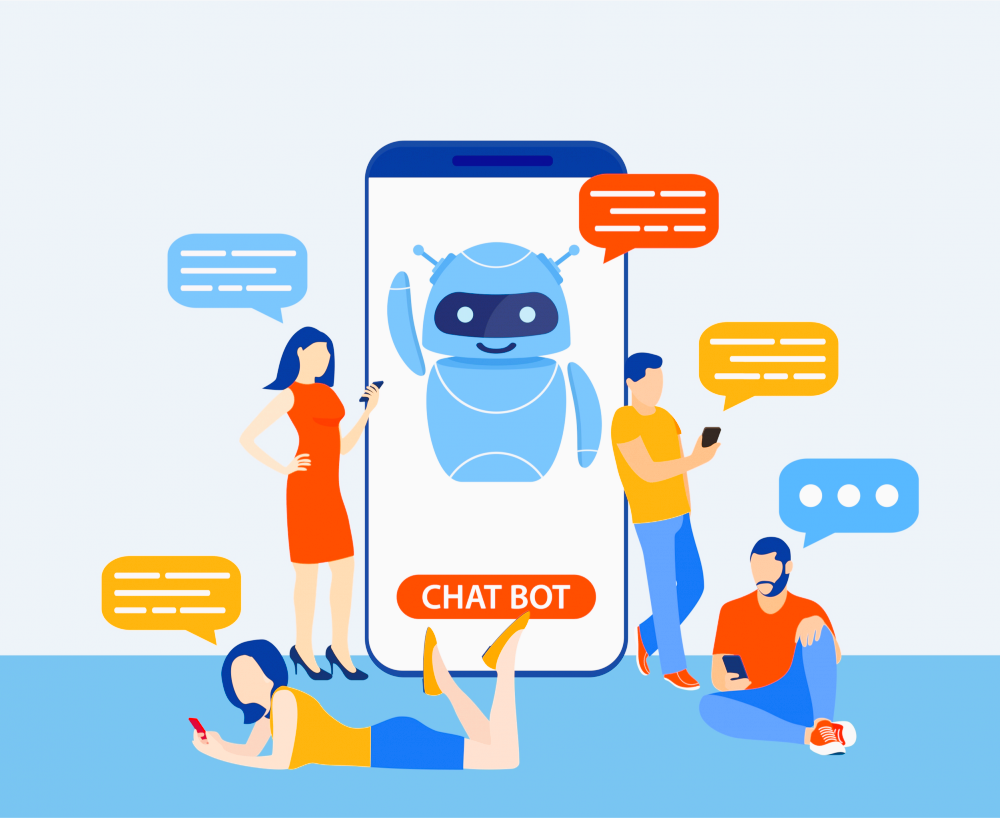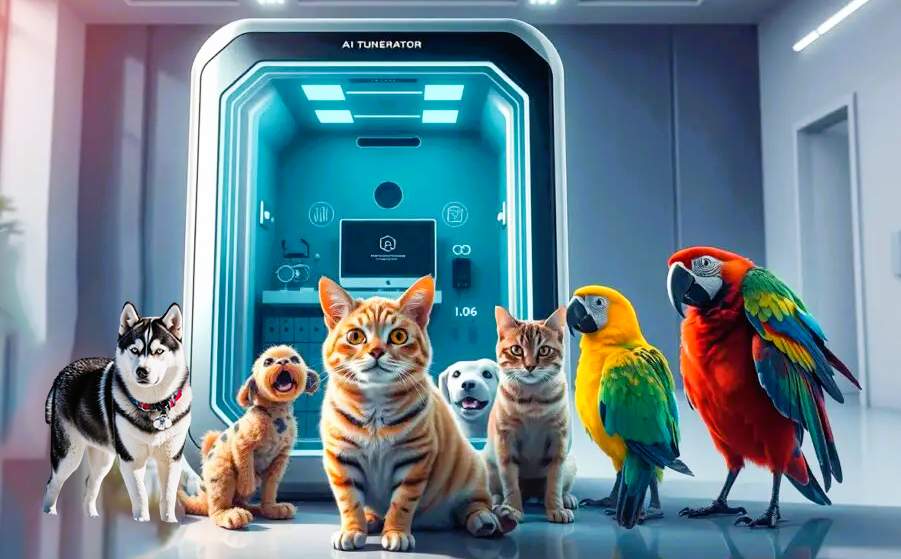Artificial Intelligence (AI) is something we come across every day, even if we don’t always notice it. AI has become a vital part of modern technology, from using Siri or Google Assistant to having YouTube recommend videos based on our preferences. However, in the debate of AGI vs AI, it’s important to note that AI, as we know it, is quite limited in scope.
It’s created for specific tasks like voice recognition or data analysis. In contrast, a more advanced idea known as Artificial General Intelligence (AGI) is emerging, aiming to function much like a human brain. AGI could understand, learn, and reason across many tasks, not just one.
This article explains the key differences between AGI and AI and discusses what each could mean for the future of technology and society.
What is AI?
AI stands for Artificial Intelligence, which refers to the technology that enables machines to perform tasks that usually require human intelligence. AI is built to solve specific problems or complete particular tasks. For example, an AI might analyze large amounts of data or help self-driving cars recognize traffic signals.
Common examples of AI in our everyday lives include:
- Virtual assistants like Siri or Alexa understand speech and can respond to questions.
- Recommendation systems on platforms like Netflix or Amazon suggest movies or products based on your preferences.
- Spam filters in your email inbox that automatically sort out unwanted messages.
AI systems are great at what they do but can’t perform tasks outside their programming. A virtual assistant can tell you the weather but can’t help you fix a broken sink. AI is task-specific and needs the broader understanding that humans have.
What is AGI?
Artificial General Intelligence (AGI) is a concept that takes AI to the next level. Unlike AI, which is designed for a specific purpose, AGI aims to mimic human intelligence by being able to perform a wide variety of tasks. AGI could understand and learn any intellectual task that a human can, from solving math problems to writing stories or making complex decisions.
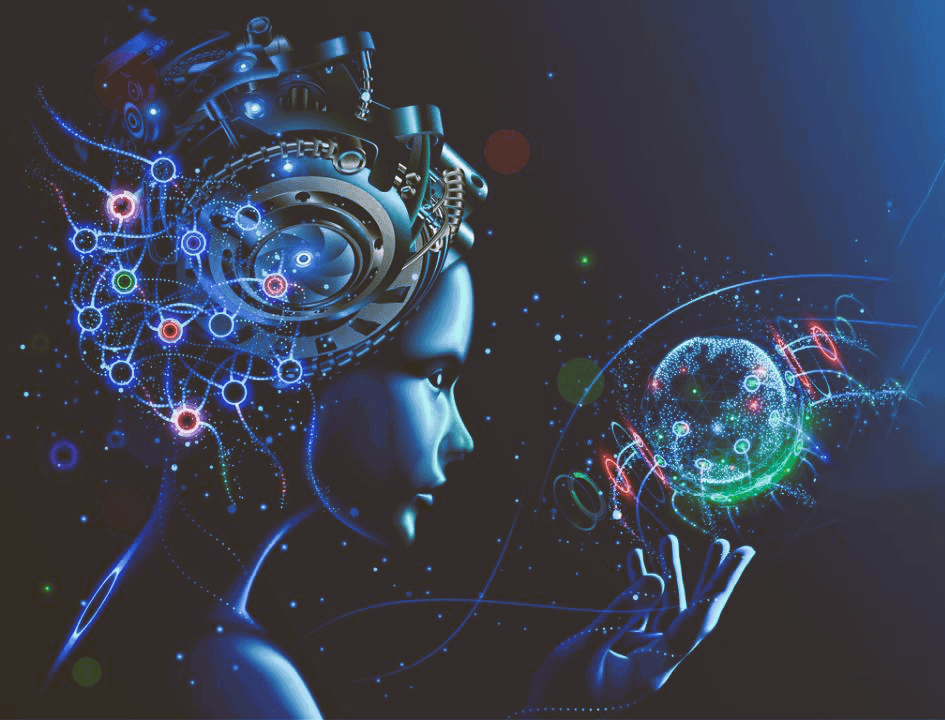
The critical difference with AGI is that it would be able to adapt and learn from new situations, just like a human would. It could independently perform tasks it was trained to do and figure out new tasks and problems. This way, AGI could think and reason like a human, making it a revolutionary step beyond today’s AI.
Critical Differences Between AI and AGI
The most significant difference between AGI vs AI lies in their scope and abilities. Here’s how they compare:
- Capabilities: AI is limited to the specific tasks it was designed for, while AGI would be able to perform a wide range of intellectual tasks and even learn new ones.
- Limitations of AI: Current AI systems can’t operate outside their programming. For example, an AI designed to detect patterns in financial markets wouldn’t be able to diagnose diseases or drive a car.
- AGI’s Understanding: AGI, on the other hand, would have a broader understanding of the world. It could think and reason like a human, making it far more adaptable and versatile than AI.
Current State of AI Technology
Today, AI technology is advancing rapidly. AI is already transforming industries like healthcare, finance, and retail. In healthcare, for example, AI is used to analyze medical images and assist doctors in diagnosing diseases. In finance, AI algorithms manage stock portfolios and detect fraudulent activities. AI-powered chatbots are used by businesses to answer customer inquiries while self-driving cars are being tested to revolutionize transportation.
However, as advanced as AI is, it still has limitations. AI systems rely heavily on the data they are trained on and can’t think or reason beyond what they are programmed to do. This is where AGI would make a huge difference.
The Future of AGI
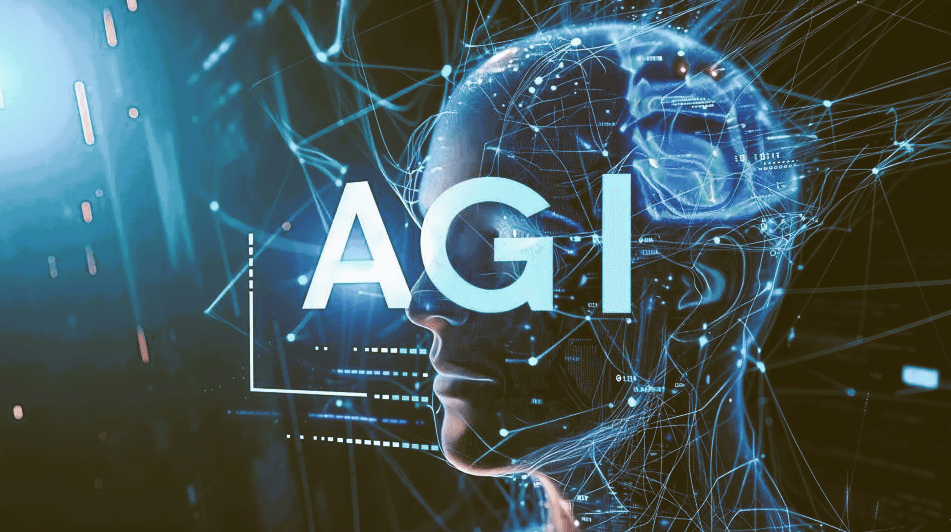
While AI continues to make strides, the development of AGI is still in its early stages. Researchers are trying to figure out how to create machines that can truly understand and learn any task, not just perform pre-programmed functions. Several challenges exist to overcome, such as developing machines that can process and learn from various information, just like the human brain.
Additionally, AGI comes with significant ethical concerns. How do we ensure that AGI systems are safe? What if they become too powerful or act against human interests? These are the kinds of questions researchers and policymakers need to consider as they work on AGI.
Benefits of AGI
If AGI is developed successfully, the potential benefits for society could be huge:
- Solving Complex Problems: AGI could help solve some of the world’s biggest challenges, such as climate change, poverty, and diseases. By thinking broadly and learning from different fields, AGI could develop innovative solutions.
- Improving Quality of Life: AGI could also enhance daily life by improving technology and services. Imagine machines that could help you with any problem, from learning new skills to managing personal finances.
- Fostering Creativity: AGI could drive new kinds of innovation by coming up with ideas and inventions that we might not even imagine today.
Risks and Concerns of AGI
While the benefits of AGI are exciting, there are also significant risks. One of the biggest concerns is control. If AGI systems become too intelligent, how do we ensure they remain safe and work in the best interest of humans?
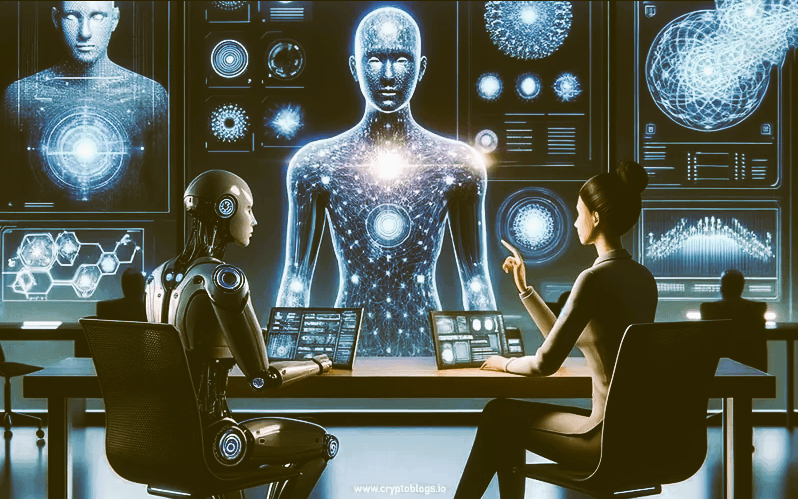
There are also ethical dilemmas to consider. For example, what would happen to jobs if AGI took over many tasks humans currently do? How do we prevent AGI from being used for harmful purposes? These questions highlight the need for responsible development and regulation as we move closer to AGI.
The Role of Humans in AGI vs AI Development
Humans play a crucial role in both AI and AGI development. Technologists, researchers, and ethicists must collaborate to ensure these systems are built responsibly. We must also consider the ethical guidelines and regulations to keep this powerful technology safe. As individuals, staying informed and thinking about how we can shape the future of AGI vs AI to benefit everyone is essential.
Conclusion
In summary, AGI vs AI represents two very different levels of technological advancement. While AI is already significantly impacting specific tasks, AGI aims to create machines that can think and reason like humans.
As we continue to develop these technologies, understanding the differences between AI and AGI will help us navigate the opportunities and challenges they present. Stay informed, stay curious, and think about how you can contribute to the future of this exciting field.

